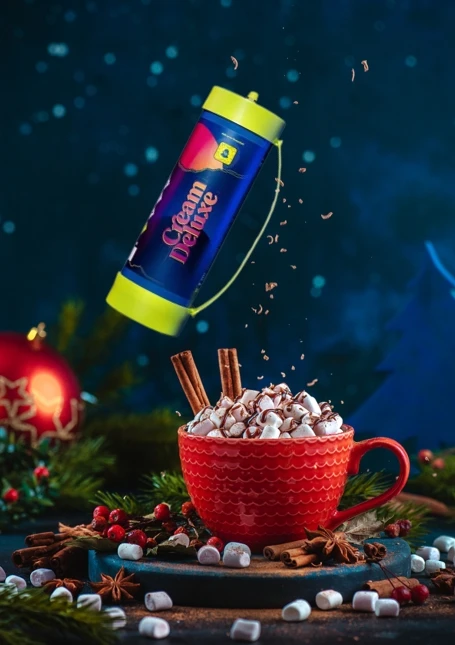
A beginners guide to using a whipped cream dispenser What is a Whipped Cream Dispenser? A whipped cream dispenser is an aluminium or stainless steel device, which relies on 8-gram gas bulbs to pressurize the canister to instantly dissolve the gas into the liquids. When the cream dispenser’s valve is opened by pressing the lever the liquid is forced out of the nozzle by the high pressure, expanding the bubbles instantly to transform the liquid into a whip, mousse or foam. How does a whipped cream dispenser make whipped cream? To make whipped cream you must use a thickening (whipping) cream. This cream has a optimal fat content between 27-36%. When charging the N20 cream charger into the canister the N20 instantly dissolves into the fat. When the lever is pressed it releases the pressure causing the nitrous oxide to expand within the fat molecule, dispensing whipped cream. This is why making whipped cream with a whipped cream dispenser creates 4x the amount as opposed to whipping air into the cream which produces half as much. Will all liquids do this? No, not all liquids alone will create whip’s, mousses or foams. However, you are able to infuse all liquids. Can you use any gas? No, only 8-gram nitrous oxide cream chargers (N2O) or in extremely rare recipes CO2 bulbs. Nitrous oxide is used because it dissolves easily with the liquid and does not oxidize while in the canister. N20 in cream chargers also inhibits bacteria growth is odourless and tasteless. N20 bulbs can also be referred to as; cream chargers, whipped cream chargers, cartridges, chargers, nitrous cream charger, whipped cream cartridges, whippets or nangs. How-To Use a Whipped Cream Dispenser Start with a whipped cream dispenser recipe and putting the dispenser on a flat surface. Screw the head of the dispenser off of the container Put in desired liquids, syrups, sugars or extracts. Screw the head of the dispenser back on. Take 1 cream charger and insert it into your charger holder. Screw the charger holder onto the pin of your dispenser until you hear the gas escape ( it is not uncommon to have a little gas escape during this process). Shake the dispenser to mix the gas with the contents. Turn the dispenser tip down and press the lever to disperse. How-To Clean Your Whipped Cream Dispenser Don’t put the head of your whipped cream dispenser into the dishwasher, we recommend you wash it by hand. Start by removing the tip and cartridge holder. Turn the dispenser head over and remove the rubber or silicone gasket and pull the head valve out of the head. Note that some dispenser head valves cannot be removed. If you are not sure; give it a soft tug. Clean each of the parts separately with dish soap and water. Take the head of the dispenser without parts and clean it with dish soap and water until clean. Let all contents dry Once dry put them back into the head as they were. Most whipped cream dispensers canisters are dishwasher safe. If you’re not sure if your canister is we recommend washing it by hand.
